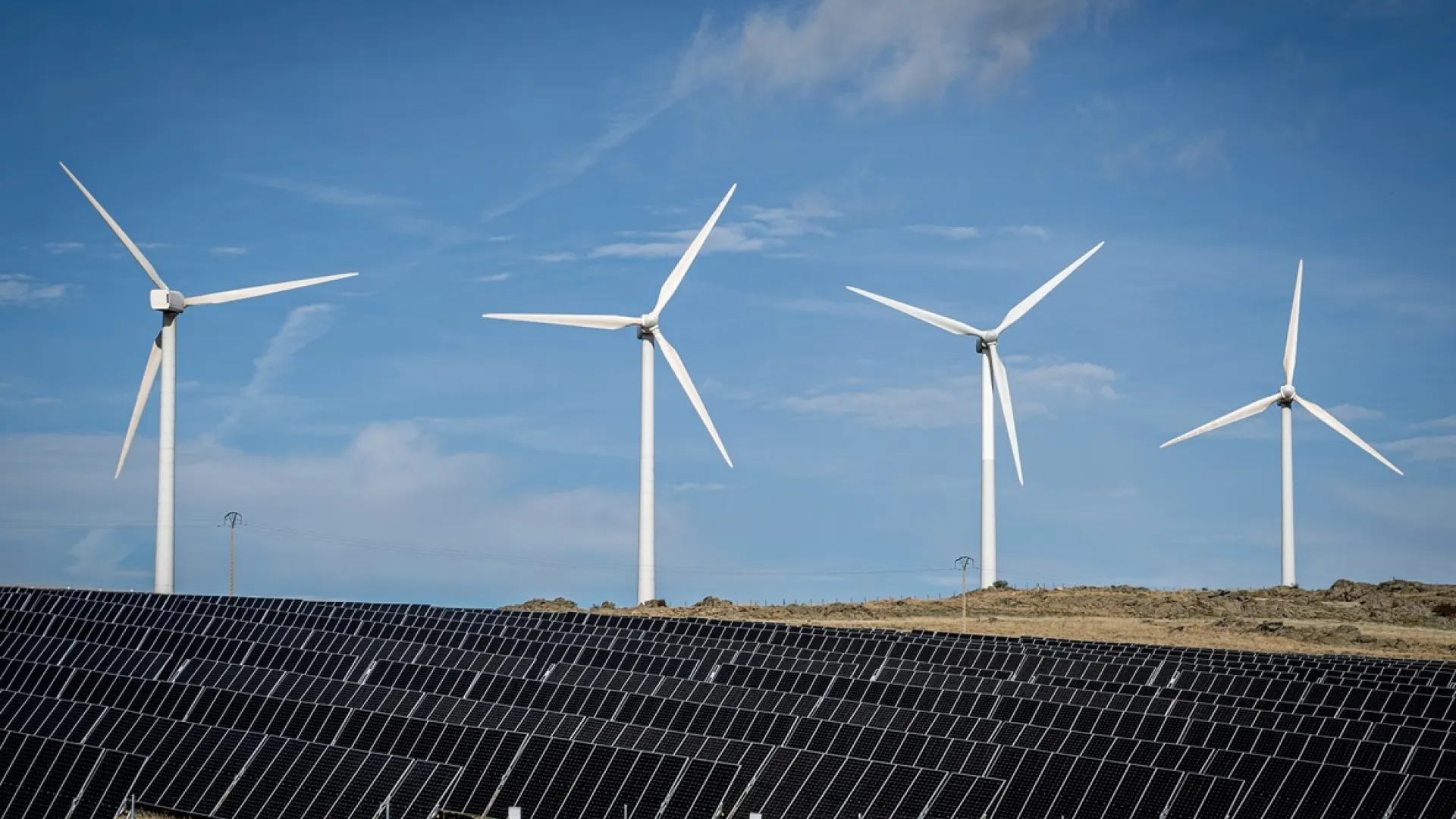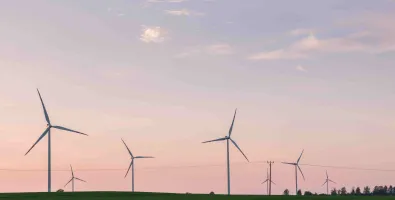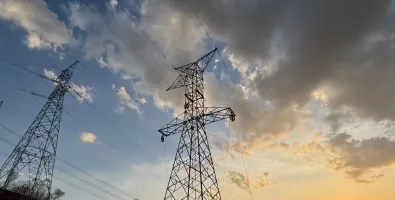
Spain’s first hybrid solar and wind farm boosts production by over 60%
EDP, a global leader in renewable energy, has completed the first year of operation of the Cruz de Hierro hybrid park (Ávila) — the first of its kind in Spain to integrate both solar and wind generation on the same site. After the testing phase, results from its first year of operation show a more than 60% increase in energy production compared to pre-hybridization levels.
Originally operating as a 14.5 MW wind farm, Cruz de Hierro added a 14.25 MWp photovoltaic plant in 2024, reaching a total capacity of 28.75 MW. Historically, wind production averaged 30 GWh per year, now complemented by an additional 19 GWh from the solar plant between July 2024 and June 2025. This establishes the site as a benchmark for hybrid energy use in the sector.
The park’s annual production equals the average electricity consumption of 15,000 households. Being 100% renewable, it also prevents the emission of 6,000 tons of CO₂ every year.
By integrating both technologies, the project has optimized the use of existing infrastructure, improving efficiency and ensuring a more consistent supply of renewable energy.
This first year of hybrid operation confirms the enormous potential of this model. Hybridization not only allows for more clean energy generation but does so more efficiently and reliably, maximizing the use of renewable resources.
EDP was the first company to develop hybrid solar and wind farms in Spain and Portugal. In Spain, it operates five hybrid parks totaling 230 MW:
- Cruz de Hierro (Ávila) – 28.75 MW
- Las Lomillas (Cuenca) – 86.2 MW
- Villacastín (Segovia) – 28.2 MW
- Castillo de Garcimuñoz (Cuenca) – 46.4 MW
- Rabosera (Zaragoza) – 40 MW
In Portugal, EDP also runs two hybrid parks totaling 63.7 MW, including the first hybrid park in the Iberian Peninsula.
Hybridizing existing wind farms with solar technology is one of the main growth pathways for renewables, as it accelerates the addition of new clean energy capacity without lengthy permitting processes. It also improves project efficiency, leverages existing grid connections, and minimizes environmental impact.





